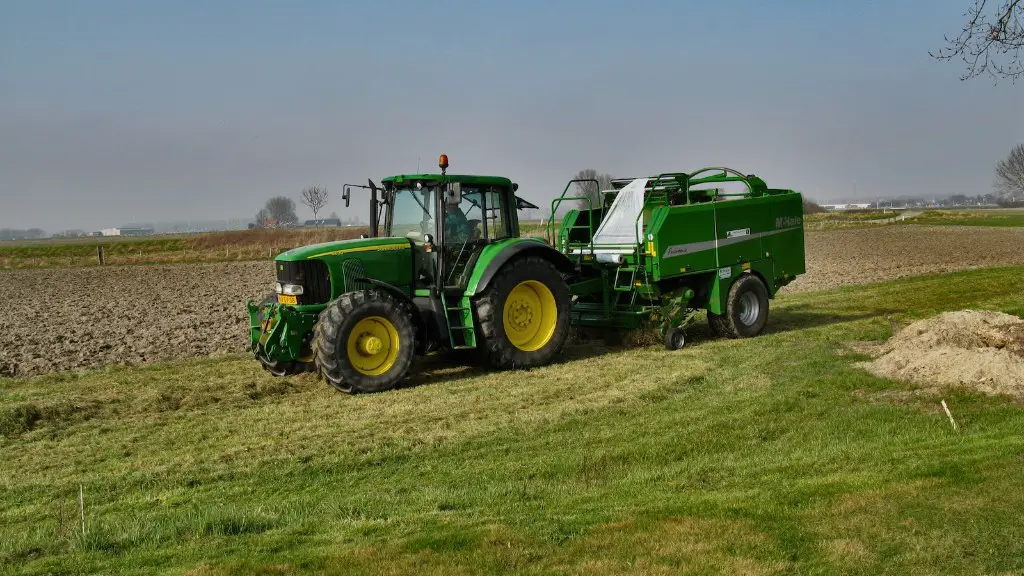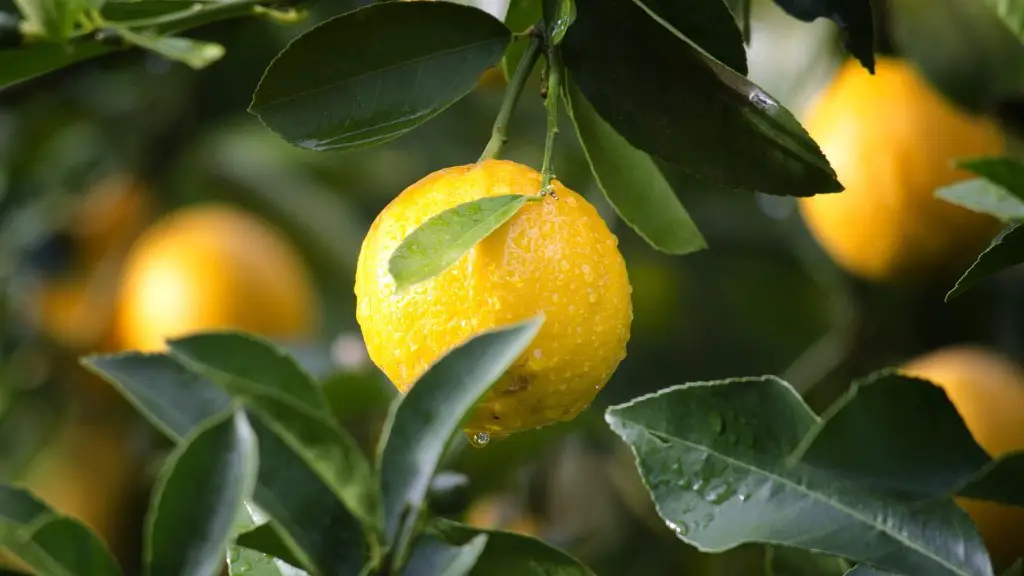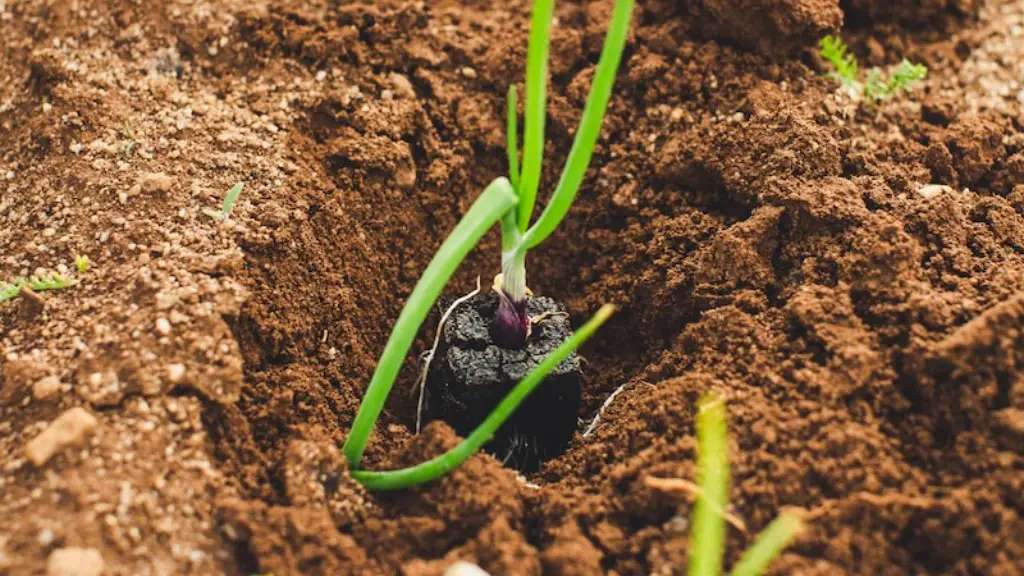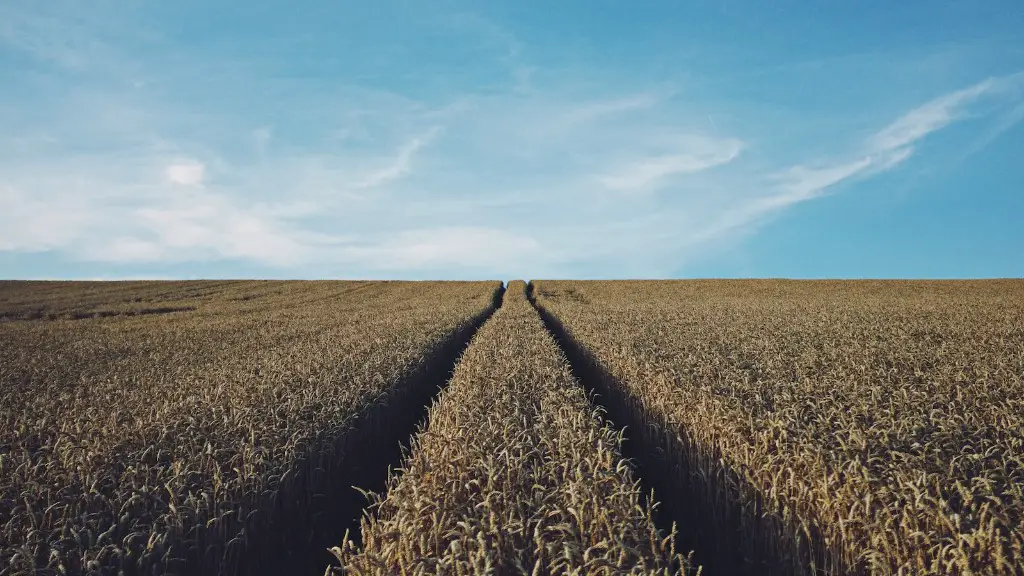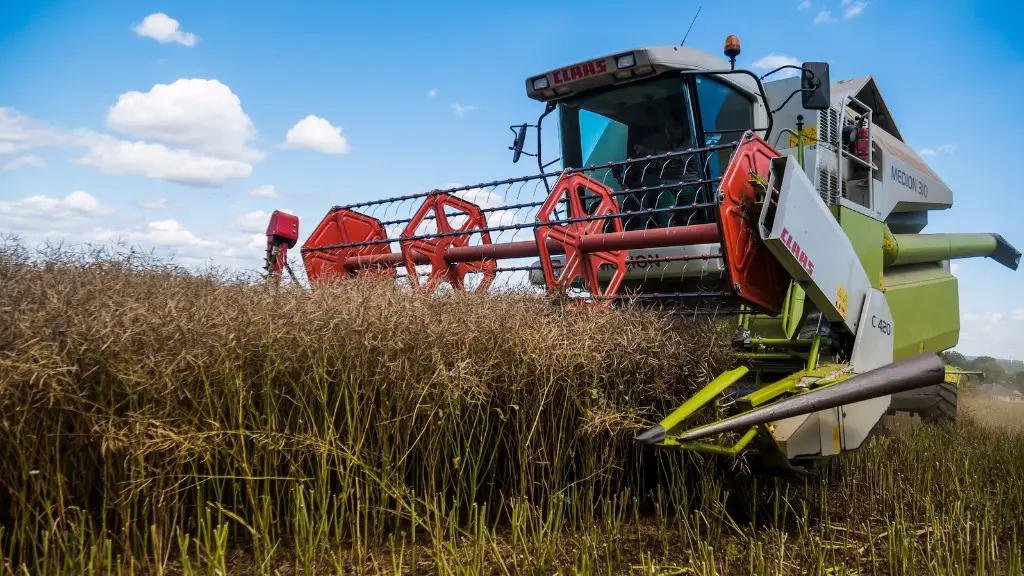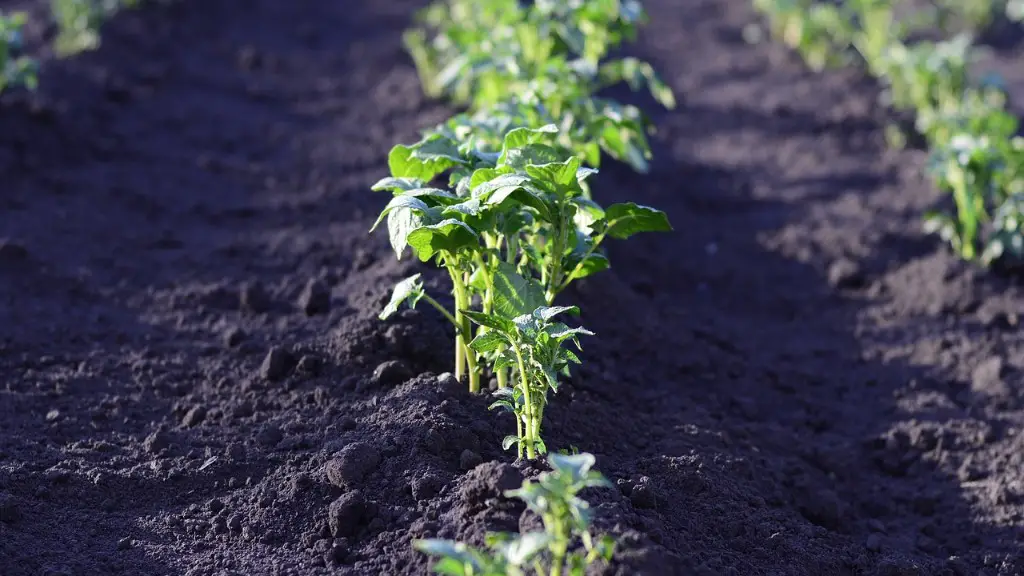Animal agriculture is a major contributor to climate change, with significant emissions of greenhouse gases into the atmosphere. Cattle, sheep, and other animals produce methane, a potent greenhouse gas, through their digestion and respiration processes. Additionally, animal agriculture causes land degradation, deforestation, and loss of wildlife habitats. Deforestation for crop production for animal feed and pasture for animal grazing releases carbon dioxide and other greenhouse gases into the atmosphere. Moreover, the production of animal feed crops such as corn, soybeans, barley and wheat requires large amounts of energy-intensive fertilizer and pesticide, further contributing to global warming.
The production of manure and urine from animal agriculture is another driver of climate change. Manure stored in lagoons produces large amounts of methane, and the collaterally released ammonia can add to air-quality problems. Animal farms have created vast areas of denitrified zones in aquatic ecosystems, reducing water quality and causing further harm to the environment. In addition, the transportation and processing of animal products, such as meat, dairy and eggs, require energy-intensive methods that produce emissions of sulfur dioxide, nitrogen oxides, and volatile organic compounds, which are known to contribute to global warming.
Aside from producing greenhouse gases, animal agriculture contributes to land-use change. Livestock operations often occur on land that had formerly been forested, resulting in deforestation, soil erosion, and increased water runoff and sedimentation in waterways. This intensive use of land for animal agriculture has led to the loss of biodiversity and endangered animal species, as well as an overall decrease in soil fertility and water quality.
Moreover, animal agriculture requires large amounts of water for livestock production and for irrigating crops for animal feed. This additional burden on water resources can reduce the available freshwater for other purposes and can lead to greater stress on water ecosystems. Additionally, animal agriculture also contributes to air pollution by releasing dust and particulate matter containing pathogens, which can affect both human and animal health.
Animal agriculture, which is a major source of global greenhouse gas emissions, is directly responsible for climate change and many of the associated atmospheric, land-use and water-related changes. Reducing animal products in the human diet and investing in animal-free agricultural technologies could help to reduce the environmental and health impacts of animal agriculture and confront climate change.
Methane Production From Animal Agriculture
Methane, a potent greenhouse gas, is one of the major contributors to climate change from animal agriculture. Cattle produce 70-90 percent of all methane emitted from animal agriculture through their digestion and respiration, with sheep and goats producing additional amounts and swine slightly lesser. In addition, manure lagoons produce large quantities of methane, and methane from dairy sheds, poultry facilities, and pig and cattle farms enters the atmosphere during manure storage and transfer.
The molecular structure of methane is one of the key factors that make it so potent. It is over 20 times more efficient at trapping radiant heat in the atmosphere than carbon dioxide, meaning that even though methane exists in very small concentrations, it still contributes significantly to global warming. Additionally, the average lifespan of methane in the atmosphere is only approximately eight to ten years, while the average lifespan of carbon dioxide is nearly one hundred years, further contributing to the potency of methane.
To combat this issue, a number of measures can be implemented, such as changing the diets of livestock so that they produce less methane, making manure management more efficient, and experimenting with different micro-organisms for alternative manure management practices. Additionally, there is also potential for using methane as an energy source, capturing the gas and using it for either electricity generation through biogas production or for direct thermal heating, providing additional solutions for reducing the impacts of livestock-related methane on climate change.
Deforestation for Animal Agriculture
The demand for animal feed and pasture for grazing is a major driver of deforestation, contributing to climate change through the release of stored carbon dioxide from the burning and clearing of land. Additionally, animal agriculture operations, such as factory farms and feed-lots, require large amounts of land to operate. This reduces the land area available for storing carbon, leading to an overall decrease in the Earth’s capacity to absorb emissions.
Deforestation is also a major contributor to biodiversity loss and soil erosion, both of which have implications for climate change. Not only does deforestation lead to a decrease in the planet’s capacity to absorb emissions, but it also reduces habitats for wildlife, further depleting the planet’s natural resources. Soil erosion resulting from deforestation can lead to reduced water infiltration, increased soil runoff, and decreased soil fertility, all of which can contribute to global warming.
To combat this issue, governments and organizations should invest in policies and programs aimed at preserving and restoring natural habitats. Moreover, planting trees and other vegetation can absorb carbon dioxide from the atmosphere and store it in their biomass, helping to reduce atmospheric concentrations of greenhouse gases. Additionally, restoring degraded lands and preventing further deforestation could help preserve existing vegetation, providing a buffer against climate change.
Water Resources Requirement From Animal Agriculture
Animal agriculture also demands excessive use of water resources, much of which is used for irrigating crops for animal feed. In addition, animal production requires anywhere from two to twelve times more water than crop production, depending on the animal species and the production system. This additional burden on water resources reduces the amount of freshwater available for other uses, such as drinking and cooking.
Moreover, animal production systems can cause contamination of freshwater systems. Animal waste, sediment and agricultural chemicals that enter waterways can lead to increased levels of phosphorus and nitrogen, which can reduce water quality. Additionally, runoff from pastures and feedlots can lead to eutrophication of water resources, reducing oxygen levels and further causing harm to aquatic ecosystems.
To reduce the water requirements of animal agriculture, farmers should adopt efficient irrigation systems and rainwater harvesting techniques. Moreover, implementing measures such as reducing the number of animals per farm, improving manure management systems, and utilizing wasted nutrients through strategies such as composting, can help reduce water contamination and eutrophication of aquatic systems.
Air Pollution From Animal Agriculture
Factory farms, which are large-scale animal production facilities, emit significant quantities of air pollutants. The release of waste gases and dust can cause air-quality problems for all living beings, including humans and animals. In addition, the transportation and processing of animal products requires energy-intensive methods, which can result in emissions of sulfur dioxide, nitrogen oxides, volatile organic compounds, and other airborne pollutants.
These pollutants can lead to health problems. For instance, sulfur dioxide can cause respiratory ailments such as bronchitis and asthma, while nitrogen oxides can cause breathing difficulties in both humans and animals. Additionally, air pollution from factory farms can cause damage to crops, contaminating food supplies and reducing agricultural productivity.
To reduce air pollution from animal agriculture, farmers should consider investing in cleaner technologies and facilities, such as those powered by renewable energy. Moreover, governments should implement policies that reduce the number of factory farms, promote more sustainable animal production systems, and increase insulation in existing facilities to reduce emissions. Additionally, farmers should also consider alternative fuels for the transportation and processing of animal products and reducing the overall amount of animal-based products consumed, as those processes involve releasing air pollutants into the environment.
Land Utilization For Animal Agriculture
Animal agriculture also requires large amounts of land. This is particularly true for animal-based food production, with livestock often raised on land that had formerly been forested, leading to deforestation. This reduces the area available for storing carbon, and can cause soil erosion, resulting in decreased water infiltration and increased water runoff and sedimentation.
The intensive use of land for animal agriculture also reduces the amount of land available for food and crop production. This can lead to decreased agricultural productivity and, in turn, lead to higher prices for food and animal-based products. In addition, the loss of biodiversity is also a concern, with animal agriculture often causing the endangerment of animal species due to the fragmentation of their habitats.
To reduce the land utilization of animal agriculture, governments and organizations should invest in more sustainable animal production systems, such as low-intensity grazing systems that provide for more efficient land use. Additionally, governments should implement policies that reduce the amount of animal-based products in the human diet, as well as encouraging investments in animal-free agricultural technologies.
Investment In Alternatives To Animal Agriculture
In order to reduce the environmental and health impacts of animal agriculture and confront climate change, investment should be made in alternative animal-free agricultural technologies. These technologies can reduce emissions of greenhouse gases, land-use change, water pollution and air pollution, all resulting from animal production. In addition, animal-free agricultural technologies can produce much healthier, more ethical, and more sustainable foods than animal products.
Some alternative technologies include methods such as crop-based proteins, algae-derived proteins, and cell-cultured proteins. Cell-cultured proteins, in particular, have the potential to reduce the impact of animal agriculture significantly, as they are produced in-vitro, meaning that no animals are used in their production. Additionally, there are other potential solutions such as plant-based milks, egg replacements, and bioproducts derived from microbes.
To facilitate the development of these alternative technologies, governments and organizations should invest in research and development and implement supporting policies that could assist in the transition away from animal agriculture. Moreover, public subsidies should be given to organizations and companies involved in the development of these technologies, to make them more attractive to investors and promote their adoption by the general public.
